This is the first in a series of posts that highlight connections between the University of Alberta's library collection and the university's first three signature areas. The Working at the Intersections of Gender (WIG) conference is just around the corner (October 3-4), so it's a great place to start. Read on for recommendations from the library collection, from books to films to digitized historical documents.first three signature areas. The Working at the Intersections of Gender (WIG) conference is just around the corner (October 3-4), so it's a great place to start. Read on for recommendations from the library collection, from books to films to digitized historical documents.
If you close your eyes and picture a "library," what comes to mind? Rows and rows of books? If so, you're far from alone in that perception. The library locations at the University of Alberta do contain printed books: as of September 2019, we have about four million. However, libraries have always been much more than the "stuff" on the shelves. And the "stuff" of the library, the collection, grows broader all the time, now including 110,000 ejournals, newspapers, graphic novels, games, puppets, and more, in addition to books.
Much of the collection exists online now, rather than in the stacks. This includes collections of older documents that, because they've been digitized, are now more widely accessible than they would be otherwise. Thinking of Intersections of Gender, examples that come to mind include magazines, broadsides, pamphlets, letters, and diaries. These are the types of documents produced within and for social movements such as suffrage - documents that, in their time, were rarely included in library collections.
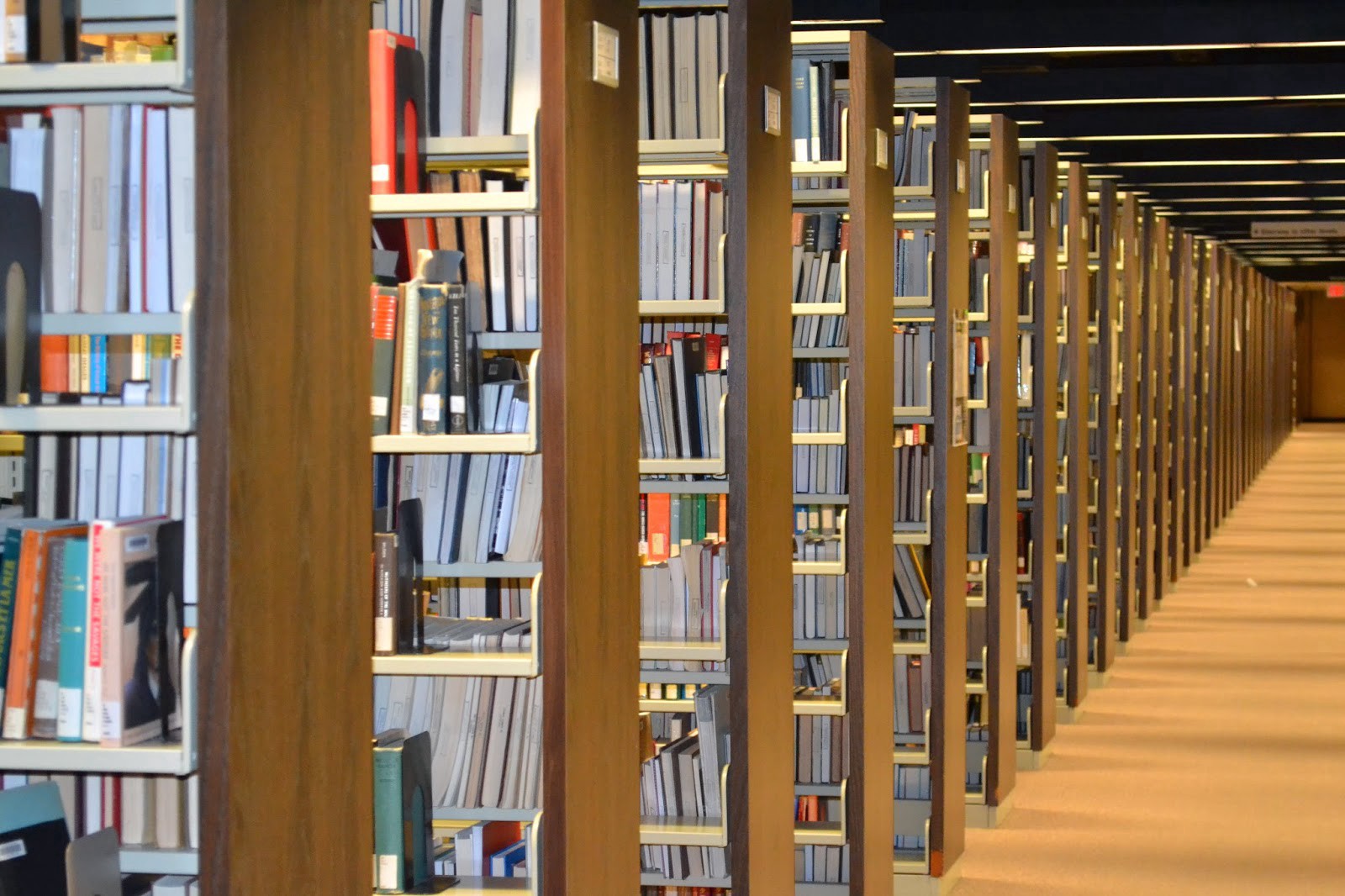
This signature area has its basis in the knowledge that "gender and other aspects of identity and social belonging - race, class, age, religion, indigeneity, language, citizenship etc. - intersect and interweave," and that "considering gendered intersections is essential for designing successful, impactful, and socially relevant research."
What do "intersect" and "intersections" mean here? They're references to the foundational concept of intersectionality, a term coined by Dr. Kimberlé Crenshaw, professor of law at Columbia University. You can hear her define it in her talk, "The urgency of intersectionality."
[Editor's Note: New Trail's Fall 2019 issue features an introduction to intersectionality, calling it a "call to attend to people and systems in their complexity." You can read it here.]
Here's a further selection from the library collection that offers more opportunities to engage with the idea of intersectionality.
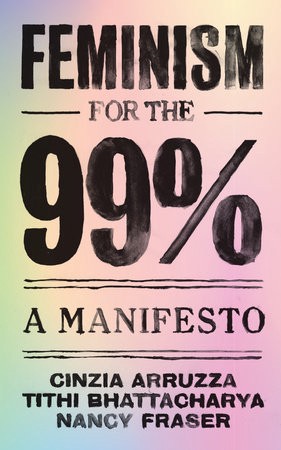
- IntersectionalityIntersectionality by Patricia Hill Collins and Serma Bilge
- Introducing intersectionalityIntroducing intersectionality by Mary Romero
- Inequality in Canada: a reader on the intersections of gender, race, and class (3rd ed)Inequality in Canada: a reader on the intersections of gender, race, and class (3rd ed) edited by Valerie Zawilski
- Feminism for the 99%: a manifestoFeminism for the 99%: a manifesto* edited by Cinzia Arruzza, Tithi Bhattacharya, Nancy Fraser
- Emerging intersections: race, class, and gender in theory, policy, and practiceEmerging intersections: race, class, and gender in theory, policy, and practice edited by Bonnie Thornton Dill and Ruth Enid Zambrana
- Born in flamesBorn in flames* directed by Lizzie Borden
*The source for these recommendations is Dr. Michelle Meagher's WIG paper, "Teaching intersectionality: three texts."WIG paper, "Teaching intersectionality: three texts."
Here's a selection illustrating some of the breadth of intersectional perspectives and analysis.
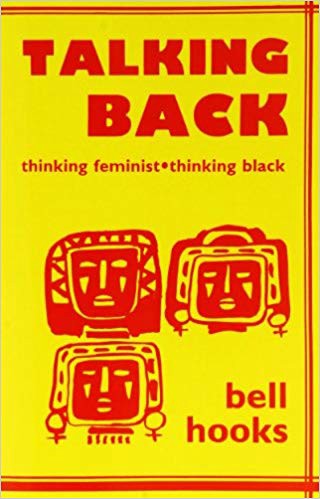
- The intersectional approach: Transforming the academy through race, class, and genderThe intersectional approach: Transforming the academy through race, class, and gender edited by Michele Tracy Berger & Kathleen Guidroz
- An intersectional perspective on experiences inspiring transition to university among First Nations learnersAn intersectional perspective on experiences inspiring transition to university among First Nations learners by Cynthia Arku
- Talking back: thinking feminist, thinking blackTalking back: thinking feminist, thinking black by bell hooks
- Race and sport in Canada: intersecting inequalitiesRace and sport in Canada: intersecting inequalities edited by Janelle Joseph, Simon Darnell, and Yuka Nakamura
- Gender, race, class, and health: Intersectional approachesGender, race, class, and health: Intersectional approaches edited by Amy J. Schulz and Leith Mullings
- Inclusion and intersectionality in visual arts educationInclusion and intersectionality in visual arts education edited by Kate Hatton
- Bodies of information: Intersectional feminism and the digital humanitiesBodies of information: Intersectional feminism and the digital humanities, edited by Elizabeth Losh and Jacqueline Wernimont
- Where Am I Going to Go?: Intersectional Approaches to Ending Lgbtq2s Youth Homelessness in CanadaWhere Am I Going to Go?: Intersectional Approaches to Ending Lgbtq2s Youth Homelessness in Canada edited by Alex Abramovich and Jama Shelton
- The Palgrave handbook of intersectionality in public policyThe Palgrave handbook of intersectionality in public policy edited by Olena Hankivsky and Julia S. Jordan-Zachery
- Queering the countryside: new frontiers in rural queer studiesQueering the countryside: new frontiers in rural queer studies edited by Mary L. Gray, Colin R. Johnson, and Brian J. Gilley
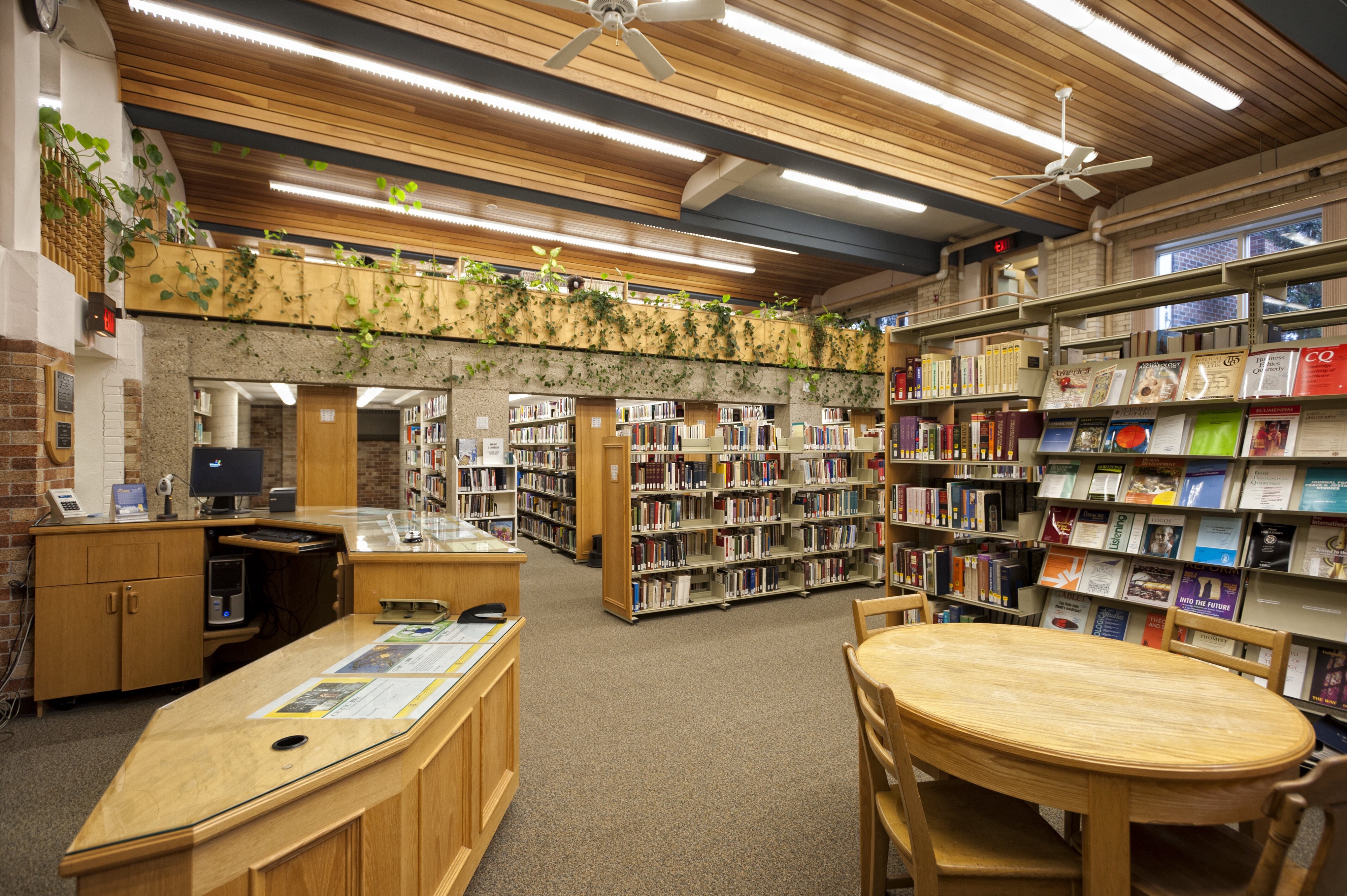
If your intersectional interests include historical documents and vintage publications, here are a few digitized collections, existing within the library collection, that may be potentially intriguing.
- Archives of Sexuality and Gender
- Black Thought and Culture
- Gender: Identity and Social Change
- Twentieth Century Advice Literature
- Women's Magazine Archive
- Women's Studies Archive
- Defining Gender, 1450-1910
- Independent Voices
- International Women's Periodicals, 1786-1933: Social and Political Issues
- Fannie Lou Hamer: Papers of a Civil Rights Activist, Political Activist, and Woman
- Margaret Sanger Papers
For yet more related resources, including databases that will connect you with research articles, please visit the guide for Women's and Gender Studies, or for Intersectionality.
Perhaps by this point you find yourself wondering whether anyone has brought intersectional analysis to the world of libraries - and again, the answer is yes. One last selection to recommend is Pushing the margins: women of color and intersectionality in LISPushing the margins: women of color and intersectionality in LIS, edited by Rose L. Chou and Annie Pho.
For more information, visit any University of Alberta library, or visit the Ask Us page for other ways to get in touch.Ask Us page for other ways to get in touch.
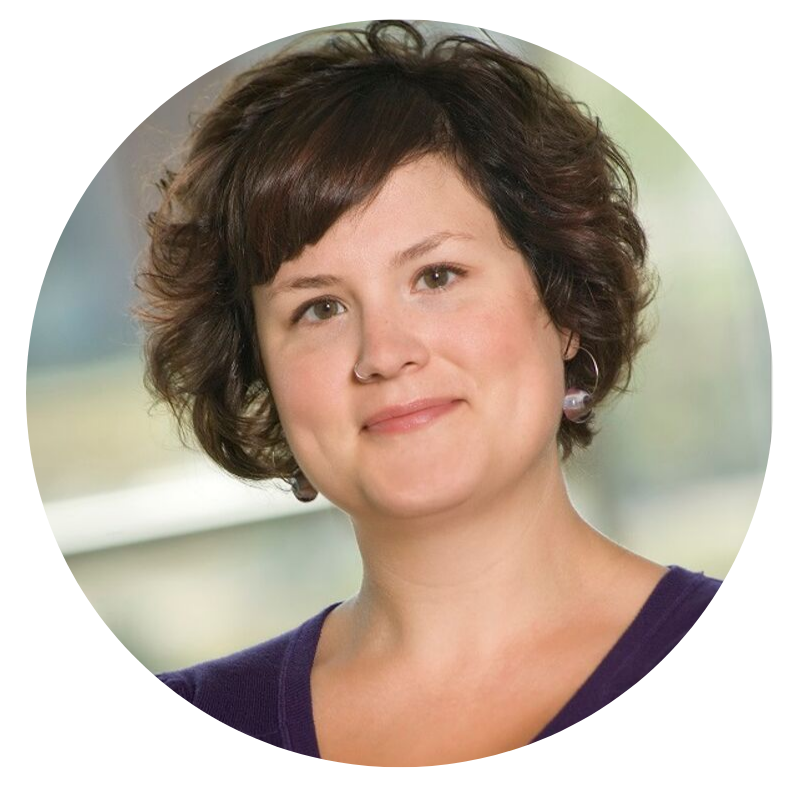
Sarah Polkinghorne is a collection strategies librarian at the University of Alberta, and a doctoral candidate at Swinburne University of Technology in Melbourne, Australia. Her doctoral study explores the processes that people use to become informed about food. Sarah and fellow librarians Carolyn Carpan and Virginia Pow will present a session called "Finding information at the intersections of gender" at the upcoming WIG conference.